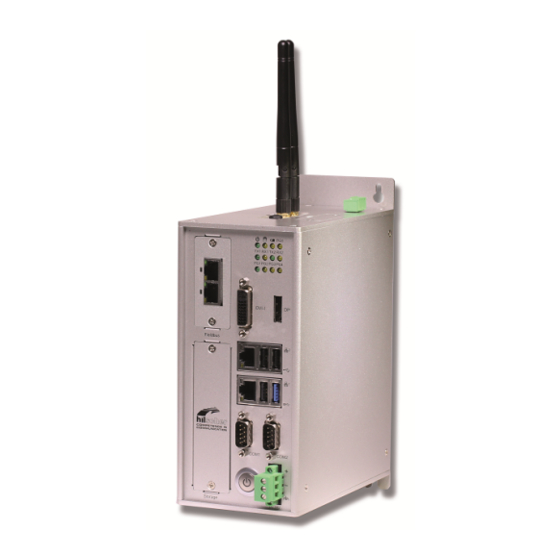
hilscher NIOT-E-TIJCX-GB-RE Manuals
Manuals and User Guides for hilscher NIOT-E-TIJCX-GB-RE. We have 1 hilscher NIOT-E-TIJCX-GB-RE manual available for free PDF download: User Manual
hilscher NIOT-E-TIJCX-GB-RE User Manual (292 pages)
NetIOT Edge Gateway V1.2.0.0
Table of Contents
-
-
-
Mounting13
-
LED Sticker13
-
Power Supply14
-
-
Rs-42216
-
-
Wi-Fi17
-
-
5 Leds
21 -
-
-
-
Figure 75: Node102
-
-
Menu Deploy106
-
Dashboard108
-
List of Nodes119
-
MQTT Input Node122
-
MQTT Output Node126
-
-
-
Overview154
-
-
-
-
User Interface166
-
Menu Commands166
-
-
Project - Save167
-
GSDML Download167
-
Help - Contents168
-
-
-
Help180
-
-
-
User Interface181
-
Menu Commands181
-
-
Project - Save182
-
EDS Download182
-
Help - Contents183
-
Help195
-
-
-
14 Edge Server
196 -
-
-
-
Commissioning211
-
User Management218
-
Stack Management231
-
-
Use Cases242
-
-
Overview265
-
Prerequisites265
-
-
20 Appendix
280-
Legal Notes280
-
-
List of Figures
284-
List of Tables289
-
Contacts292
-
Advertisement
